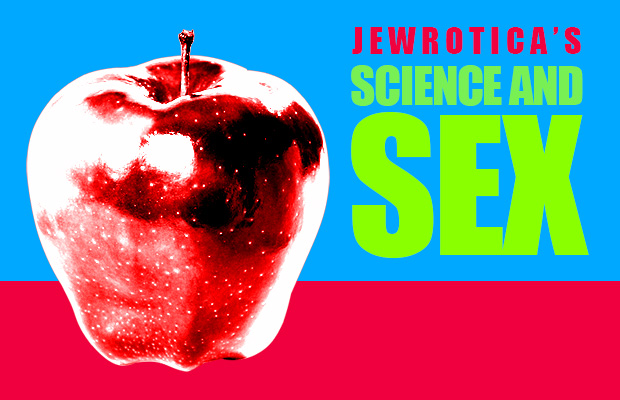Interspecies Sex and the Pasta You Eat

Written by Joseph Dunsay. After earning a Masters of Science in Ecology and Evolution, Joseph Dunsay became a science writer for international audiences. Find more Jewrotica writing by Joseph here.

Interspecies sex is unproductive in the animal kingdom, because the rigid development process in animals tends to go haywire when a zygote has DNA from two different species. For the most part, gametes from two different animal species will fail to fuse or will result in a zygote that quickly dies. Rare hybrids, such as the mule, have difficulty producing offspring of their own. Trouble creating gametes prevents mules from reproducing. Consequently, interspecies animal sex does not result in the creation of new animal species.
The reproductive lives of plants, on the other hand, are not as restrained as relations between donkeys and horses are. Wind pollinated plants release pollen grains into the air without any thought about what species they land on. The sperm inside those pollen grains evolved to fertilize the eggs of a specific species, but if they end up on a closely related species, que sera, sera.
When a pollen grain from one species lands on the flower of another species, a sperm cell from it sometimes fertilizes the egg in that flower to create a fully functional individual. This offspring becomes the first member of a brand new species. Biologists describe the evolutionary trees of some plant groups as “reticular”, because merging species make those evolutionary trees look like nets. Domesticated wheat is the result of such interspecies unions.
An Oregon State University post about wheat starts with a description of its evolutionary history. Humans domesticated wheat in the Middle East at least 9,000 years ago. Wild relatives of domesticated wheat still live in that region. Spelt, common bread wheat, durum wheat, and club wheat have 42, 42, 28, and 42 chromosomes respectively. They were created from the merger of wild species with 14 chromosomes each. It is a challenge to study the genetics of these crops, because each one contains the genomes from multiple ancestors.
After biologists sequenced the 16 billion base pairs in the durum wheat genome, an Israeli company designed software to make sense of all this data. NRGene’s software will tell scientists which genes affect which traits so that they can breed new strains of wheat. Breeders could improve the taste or nutritional value of wheat or make it easier for farmers to grow it. In the near future, pasta on the grocery store shelves might be improved thanks to Israeli technology.
Unlike animal evolution, plant evolution can be a relatively winding path with branches that loop back on themselves. That noodle kugel on the table was made possible by interspecies sex a long time ago. Wheat crops contain chromosomes from multiple ancestral species, a fact that complicates wheat genetics. Israeli software will help biologists understand wheat genetics so they can create improved strains of wheat. That type of progress is something everyone can cheer.












0 comments